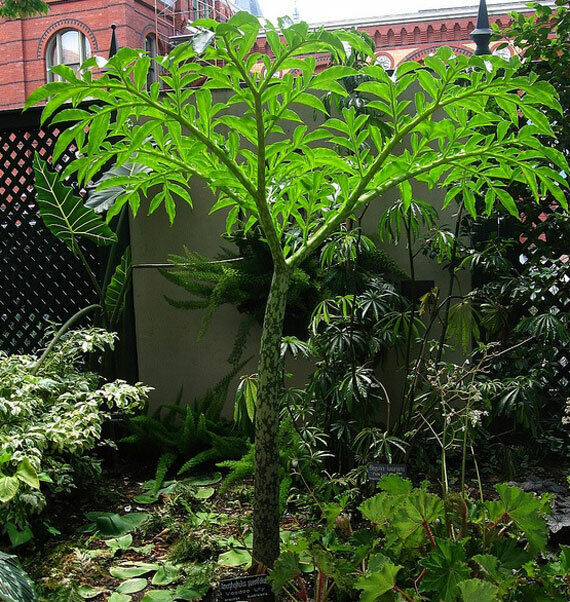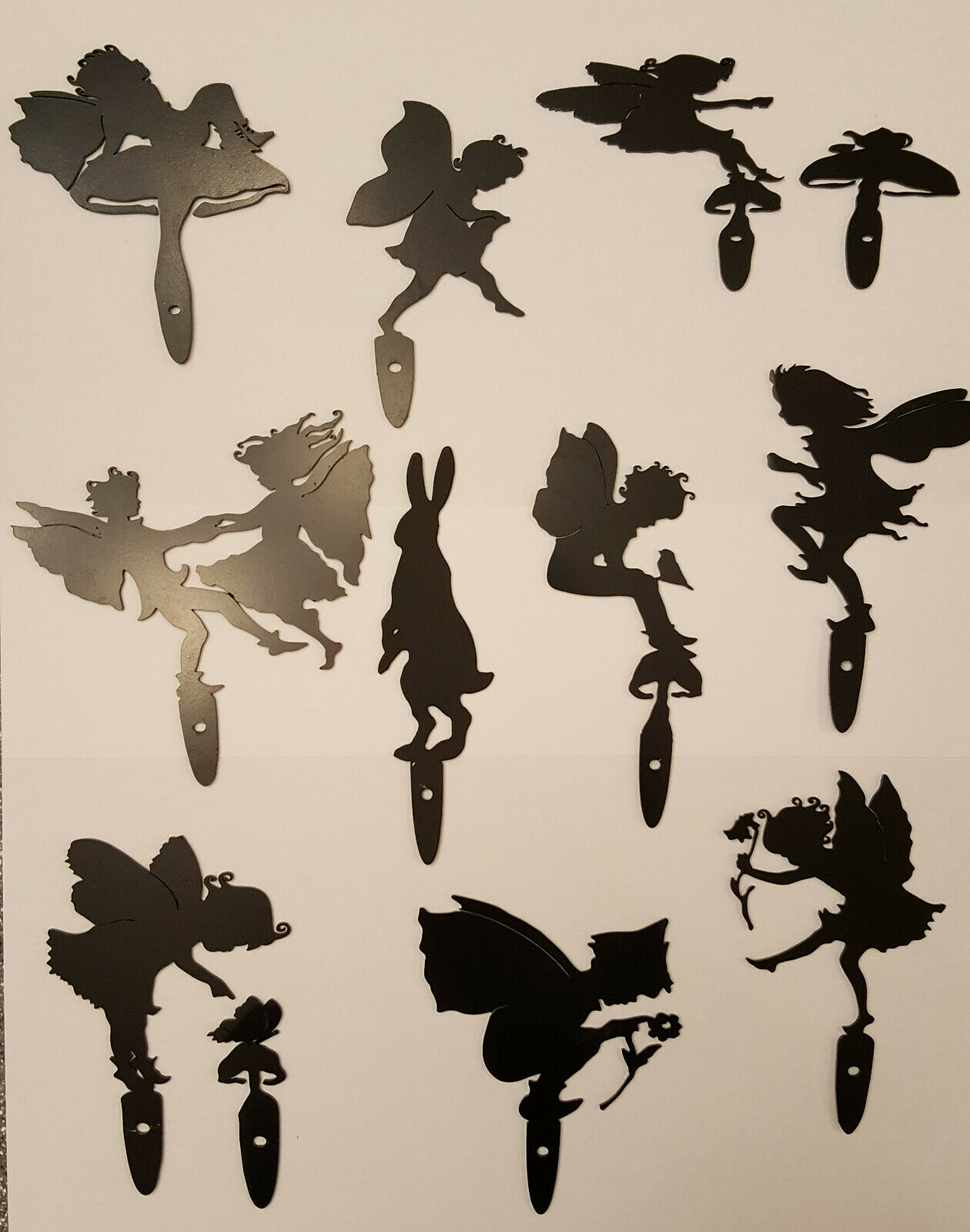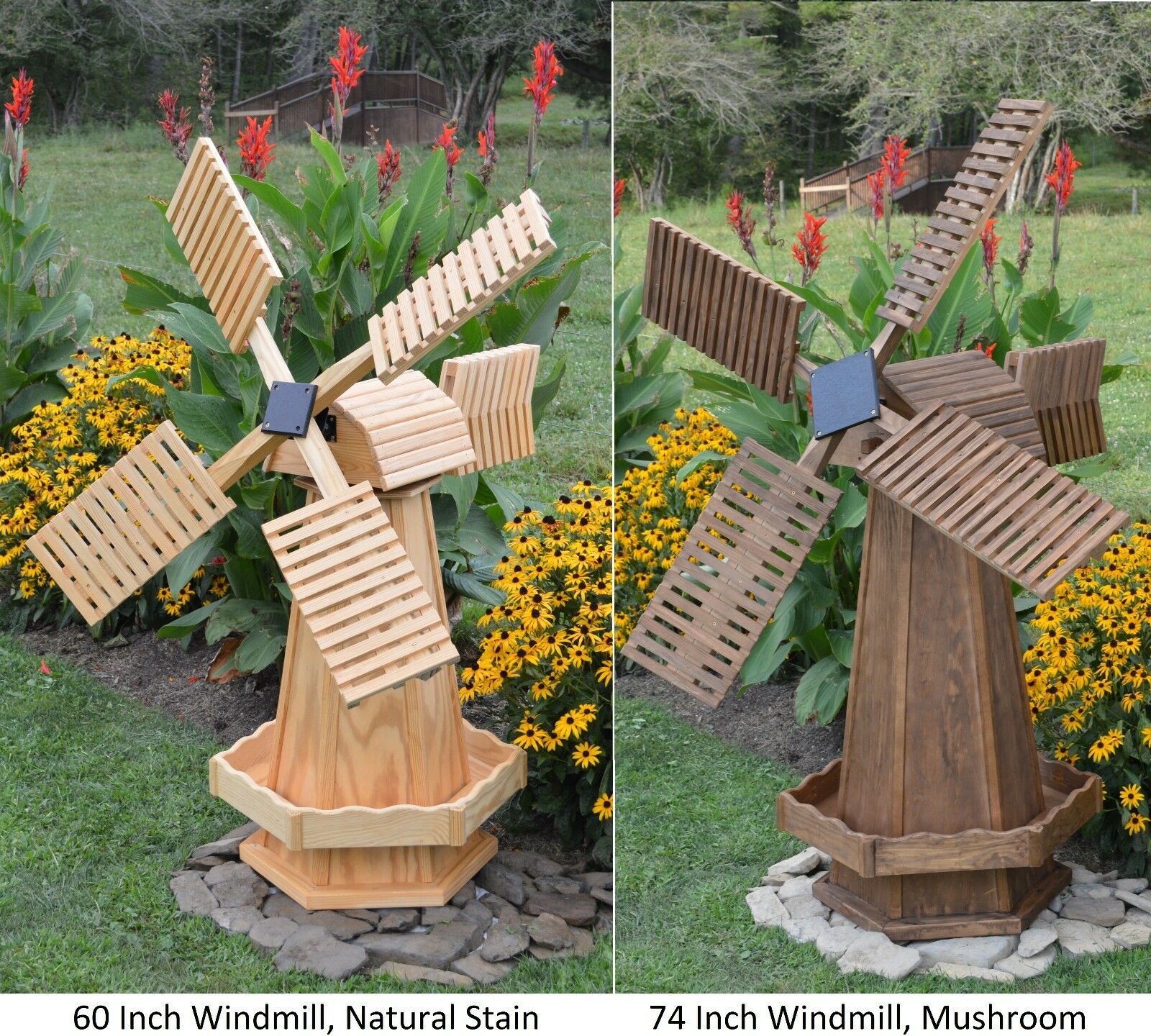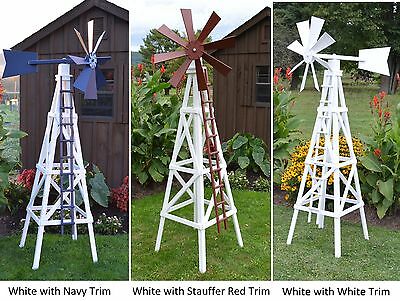-40%
1 BULBS AMORPHOPHALLUS PAEONIIFOLIUS ELEPHANT FOOT YAM ARACEAE PLANT RARE FRESH
$ 21.11
- Description
- Size Guide
Description
***If you receive a packageHave problems or whatever
Please contact me
I will take care of you immediately.***
Shipping:
*
No
shipping
to Australia
, New Zealand, Canada
We combine shipping.
Int’l Parcel-Air
+
Tracking number
Shipping :
Thailand Post
Estimated shipping time : All Countries 14 - 25
business days
or 25 - 30 business days Depending on the weather
Items will be shipped within 3-5 day after payment cleared. Saturday & Sunday not included.
Normally customs duty will not occur, but once custom duty or other import fees are charged, it's buyer's responsibility to pay them. Please make sure that your country allows the import of this variety and seeds. We are not able to be responsible for the rules vary of so many different country, your understanding will be appreciated!
Return Policy
I understand that it can be uncomfortable for customers to purchase online, items that they have not handled. I am more than happy to provide more detailed photographs and condition reports to give a better understanding of the item. It is very important for me that customers are completely satisfied with their purchases. If you are unhappy in any way, please do not hesitate to contact me. I offer a refund policy, even for items that are not damaged. Please note that refunds are made on the purchase price only, it does not include any shipping costs. Refunds will be made on return of the item in its original condition. Returns should be made within one week of receipt.
Refund Policy.
1 Partial Refund
If the package returned to me because a buyer wasn't home or didn't pick up your package at your local post office or did not want to pay tax, I would only give back a refund for only the items price.
Or you can ask me to resend it again. However, you are responsible for the shipping cost.
2 Full Refund
If a package is damaged or misrepresented, I will give you a full refund.
or you can ask me to resend it again.
Anyway, I would like to see photos of damaged item or misrepresented item before giving
you a full refund.
Feedback:
Feedback is our life, before you leave a neutral or negative feedback, please do contact us to get a better solution. We also consider a NEUTRAL feedback as a NEGATIVE feedback. We care our valued customers, and will always help you. So if you have any problems please contact us immediately. Please give us the opportunity to resolve a problem, we understood the concerns and frustrations you might have, and will try our best to resolve the issues. Leaving negative feedback cannot be solving the problems
Please use the eBay message system to contact us We strive to answer all messages as quickly as possible (usually you should get an answer in 24 h), please note that we are usually not working Saturday and Sunday
----------------------------------------------------------------------------------------------------------------------------------------------------------
Amorphophallus paeoniifolius
, the
elephant foot yam
or
whitespot giant arum
, is a tropical tuber crop grown primarily in Africa, South Asia, Southeast Asia and the tropical Pacific islands. Because of its production potential and popularity as a vegetable in various cuisines, it can be raised as a cash crop
Origin
The elephant foot yam is used as food in Island Southeast Asia, Mainland Southeast Asia, South Asia, New Guinea, Oceania, and Madagascar. Its origin and center of domestication was formerly considered to be India, where it is most widely utilized as a food resource in recent times. But a genetic study in 2017 have shown that Indian populations of elephant foot yams have lower genetic diversity than those in Island Southeast Asia, therefore it is now believed that elephant foot yams originated from Island Southeast Asia and spread westwards into Thailand and India, resulting in three independent domestication events. From Island Southeast Asia, they were also spread even further west into Madagascar, and eastwards to coastal New Guinea and Oceania by the Austronesian migrations, though they may have spread south into Australia without human intervention.
Description
The plant blooms annually around the beginning of the rainy season. The flower bud emerges from the corm as a purple shoot, and later blooms as a purple inflorescence. The pistillate (female) and staminate (male) flowers are on the same plant and are crowded in cylindrical masses as an inflorescence. The top part is responsible for secreting mucus that gives off a putrid, pungent smell that is used to attract pollinating insects, the middle part of the inflorescence contains staminate, and the base of the inflorescence contains pistillate. The stigmas of the female flowers will be receptive on the first day of the bloom, when the pungent smell draws pollinating insects inside, and the inflorescence closes, trapping them for a night to allow the pollen deposited on the insect to be transferred to the stigmas.
Later in the second day, the female flower is no longer receptive to pollens, the male flowers start to bloom, and the inflorescence opens again. This allows the pollen to be deposited on the emerging insects to pollinate other flowers, while preventing the pollen from the same inflorescence fertilising itself, preventing inbreeding.[citation needed]
In 24–36 hours, after the first bloom of the inflorescence, the inflorescence's female flowers start developing into berries bright red fruiting bodies, and other parts of the inflorescence start wilting away. The berries are red when ripe and are not quite round, being subglobose or ovoid.
While the flowers are in bloom they also produce heat. They die after five days.
Uses
In Bangladesh, it is called Ol Kochu. It is usually eaten as mashed and added to curries and, more rarely, pickles. The leaves are also eaten and are used to make a special leaf based curry.
In Uttar Pradesh and Gujarat, It is called Suran.
In Bihar, it is used in oal curry (i.e. Elephant Foot curry), oal bharta or chokha, pickles and chutney. Oal chutney is also called Barabar chutney as it has mango, ginger and oal in equal quantities, hence the name barabar (meaning "in equal amount").
In Chhattisgarh, it is called Zimmikanda. It is eaten as curry and is a delicacy among people of Chhattisgarh.
In Tripura, it is called Batema and prepared by making a paste with sodium bicarbonate (baking soda) and water to remove its raphides (calcium oxalate needles). The paste is shaped into buns and boiled with water containing baking soda, after which the water is discarded. The buns are then cut into pieces and combined with fresh garlic paste and Mosdeng(a spicy paste of dried fish/shrimp and chili). Also, the leaves and stems are eaten by chopping them into pieces and frying.
In Southern India, especially Kerala, it is known as Chena (ചേന), the tuber has been a part of people's diet for centuries. In Tamil it is called chénaikkizangu (சேனைக்கிழங்கு). It is mainly served as steamed pieces (പുഴുക്ക്) along with traditional chutney made of green chilli, coconut oil, shallots and garlic although the curry preparation is also common as a side dish for rice. It is made into a thick chutney (masiyal, மசியல்), typically eaten as an accompaniment with a rice dish. It has served as the main source of carbohydrates especially during the famine stricken days of the region in the past along with the more popular tapioca.
As medicine
The elephant-foot yam is widely used in Indian medicine and is recommended as a remedy in all three of the major Indian medicinal systems: Ayurveda, Siddha and Unani. The corm is prescribed in those systems for a variety of ailments.The tuber is reported to be useful in treatment of piles.
-----------------------------------------------------------------------------------------------------------------------------




















